Ikaria, a beautiful Greek island located in the Aegean Sea, boasts of unique houses that blend perfectly with nature. These houses are ingeniously built underneath massive rocks, making them almost invisible to pirates and other prying eyes.
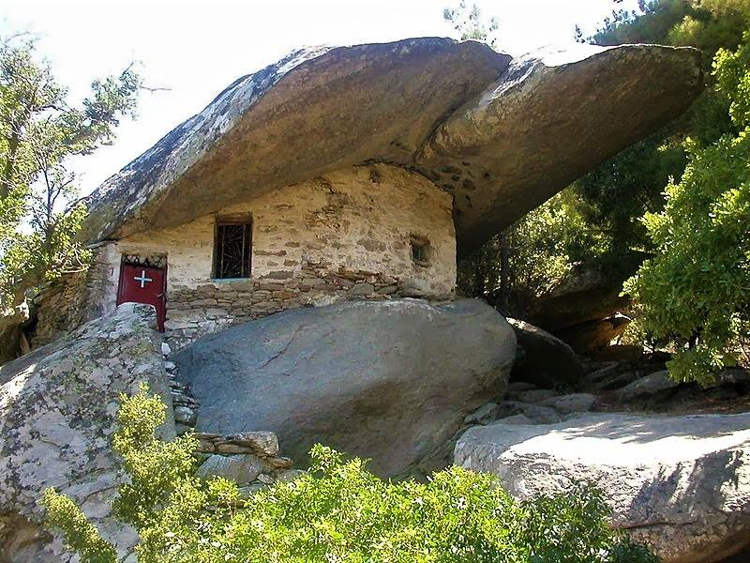
Currently, Ikaria is a highly sought-after vacation spot due to its stunning sandy beaches, charming villages, and natural beauty. However, in the past, life on the island was not as idyllic. Pirates made the Aegean their home and targeted Ikaria, prompting locals to construct “anti-piracy” houses deep in the mountains to evade their attacks. These homes were built to create the illusion that the island was uninhabited and to protect the inhabitants from pirates. In fact, at one point, all of the island’s residents had to hide in these stone houses to avoid being noticed by pirates who came searching for loot. Historical records indicate that Ikaria and other Aegean islands were plagued by piracy since the first century BC, and the situation only worsened with time. The island experienced frequent raids during Roman and Byzantine rule. After becoming part of the Republic of Genoa in the 14th century, piracy reached a breaking point, and the islanders destroyed their own ports to prevent invasions. Despite these efforts, Ikaria continued to face pirate attacks for many years.

It was only when Ikaria became part of the Ottoman Empire that its inhabitants decided to take action against piracy. Due to the relaxed rule and laws of the Ottomans at the time, pirates were able to attack and raid islands like Ikaria without consequence. The locals had limited options in dealing with this situation as they received no protection from the government. While they could have chosen to leave the island for a safer place, they instead opted for a third option – remaining on the island but constructing a new, more secure settlement.
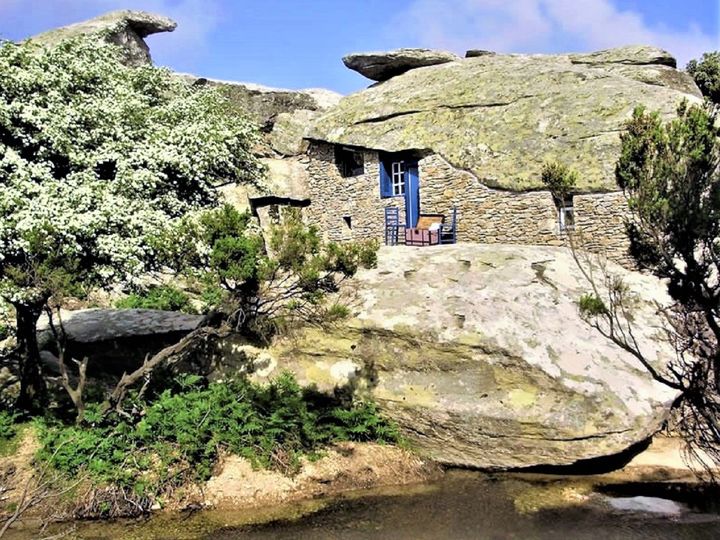
Dubbed as the “anti-piracy houses,” these dwellings blend with the island’s mountainous terrain by utilizing its natural elements like overhanging cliffs and foliage, making them less noticeable from afar.
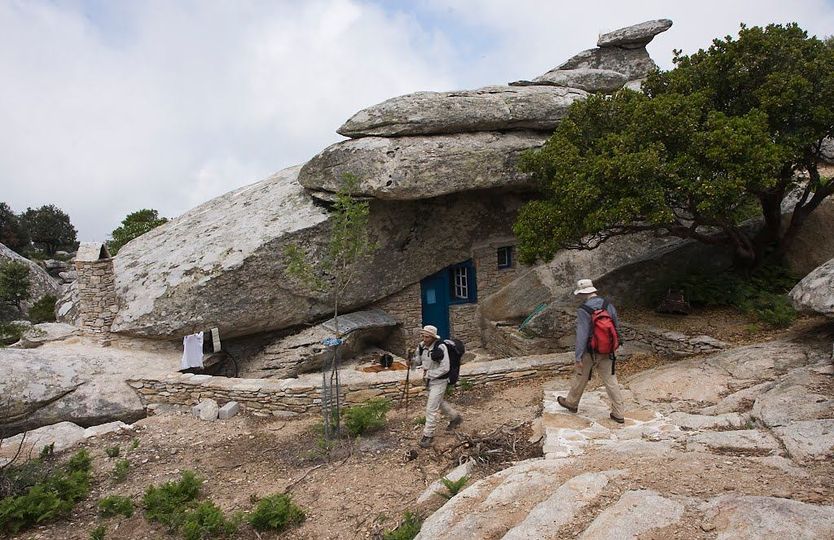
According to a resident named Eleni Mazari, the architectural style of Ikaria is quite different from what people usually expect from Greece. Unlike the era of grand temples, the old Ikarians constructed houses that were meant to be hidden, and thus had to be built high up in remote areas where they wouldn’t be visible from the sea.
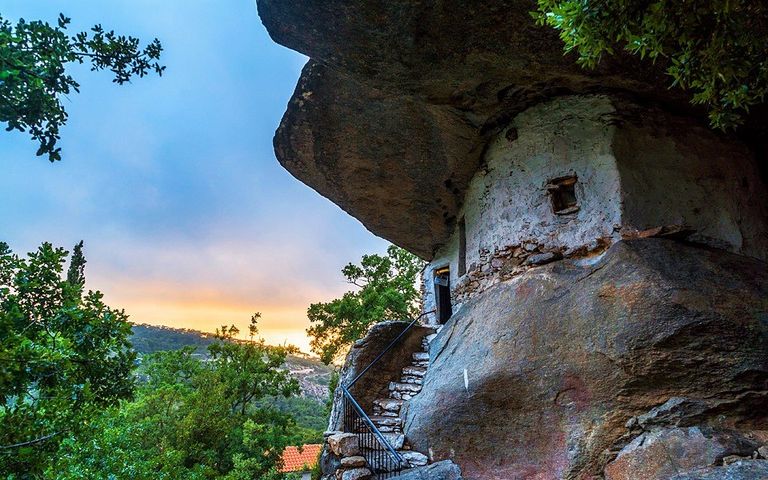
For around thirty years, the people of Ikaria constructed and inhabited anti-piracy dwellings during what is known as the “piracy era.” Even today, mountain communities such as Lagkada boast stone homes from this period.
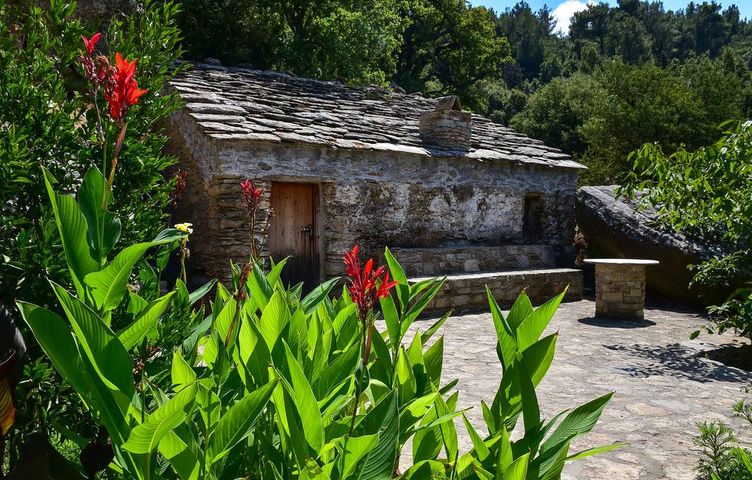
In order to blend in with the surroundings and avoid detection, houses on Ikaria Island are usually one-story and built lower than the rocks or cliffs. They also lack chimneys to prevent smoke from rising. Locals tend to avoid lighting fires or using any sources of light at night, and even avoid keeping dogs for fear of drawing attention. Despite the challenges faced by the island’s inhabitants over the years, Ikaria is renowned as the Greek capital of longevity, with a third of its population living healthily into their 90s and beyond.
According to Dan Buettner, an American adventurer and teacher, the secret to this longevity lies in the islanders’ diet and lifestyle. All the food consumed on the island is homegrown, with beans, vegetables, peanuts, honey, and olive oil being the primary staples. Meat and dairy products are not as popular, and the antioxidant levels in the food here are ten times higher than in red wine. In terms of lifestyle, the people of Ikaria value hard work and everyone learns to grow crops, raise livestock, and catch fish from a young age. Additionally, taking afternoon naps is a common practice and studies have shown that this can reduce the risk of cardiovascular disease by over 40% compared to urban areas.
Ikaria Island is one of the few “green zones” in the world where people consistently outlive others by a decade or more.
